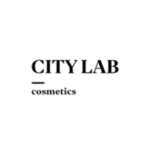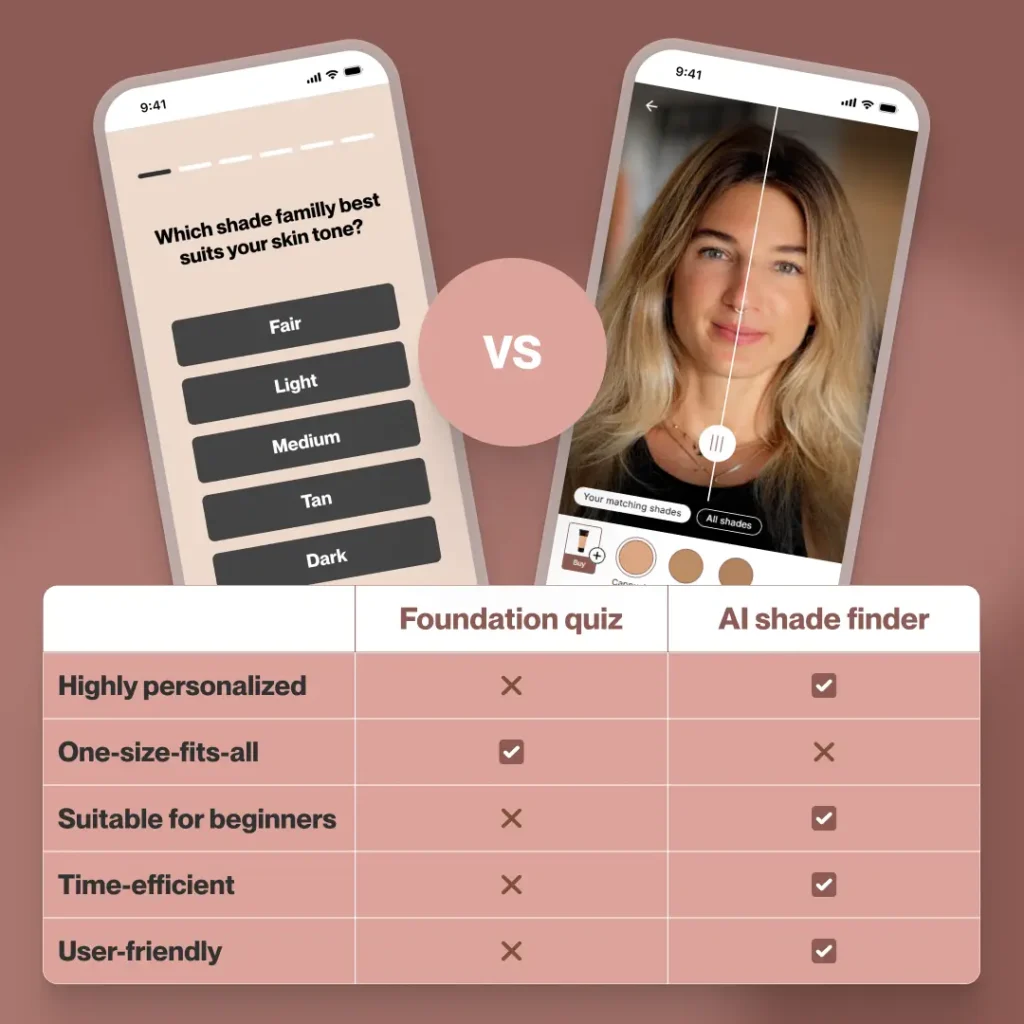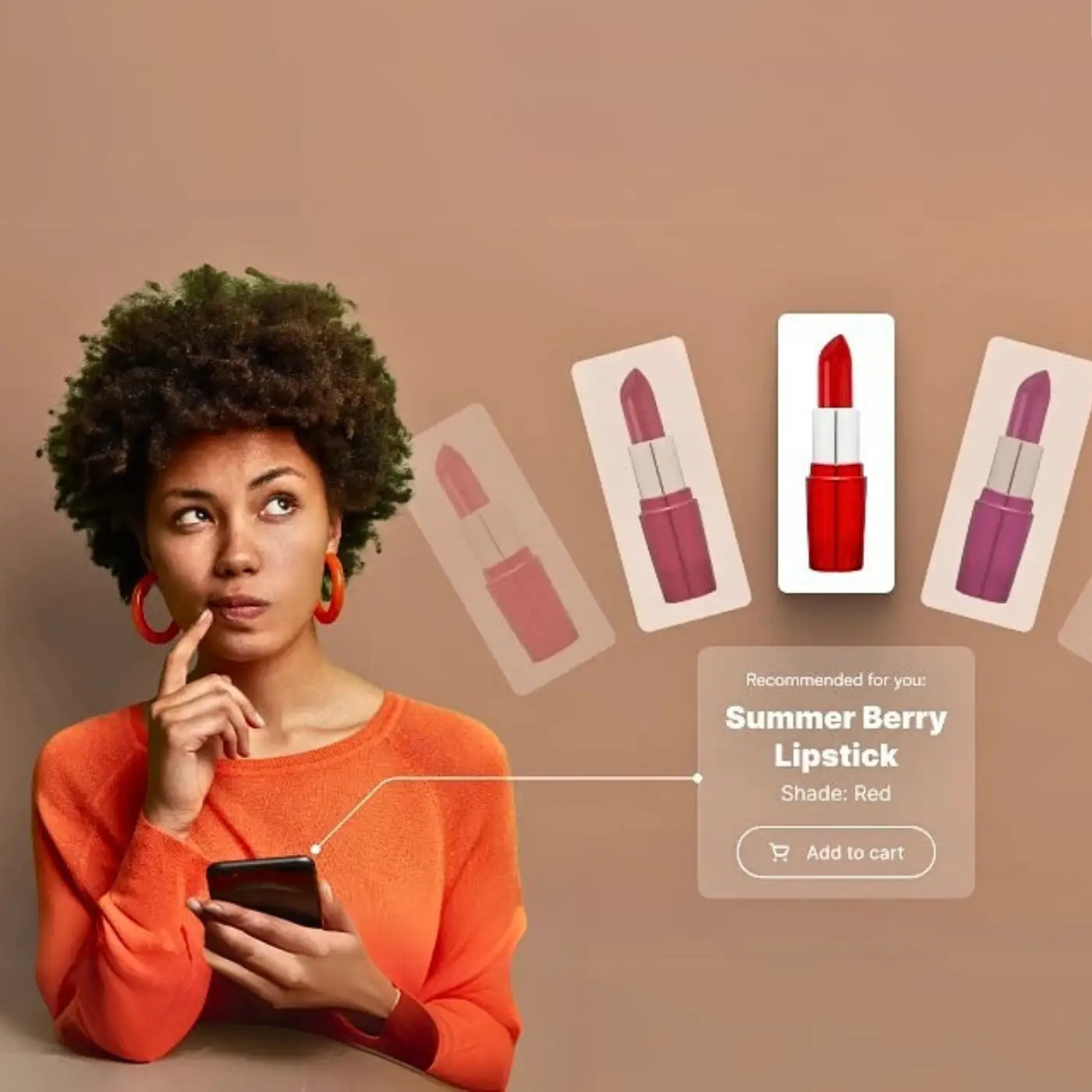The modern beauty consumer faces overwhelming options: countless brands, formulations, shades, and price points.
For most shoppers, the vast array of beauty products doesn’t feel empowering—it feels exhausting. Psychologists call this the “paradox of choice”—when more selection leads to less satisfaction, not more. In the beauty industry, where purchases are personal, visual, and often emotional, this paradox hits especially hard.
This overabundance creates several problems. First, it increases the cognitive load required to make a decision. Second, it heightens the fear of making the wrong choice—what if there’s a better option just one shelf over? Third, it can lead to buyer’s remorse and product abandonment when items don’t live up to expectations.
Here’s the scale of this overload:
- The global skincare market alone is projected to reach $185.5 billion by 2027, with thousands of brands competing for attention.
- Consumers face 120 billion units of beauty packaging annually, much of it non-recyclable, exacerbating decision fatigue and environmental guilt.
The result? Beauty drawers filled with barely-used products and consumers who feel overwhelmed rather than empowered by their choices.
The problem with in-store sampling
Sampling used to be the gold standard of beauty discovery. Go to the store, swatch a product, maybe get a mini to take home. But for all its nostalgic appeal, the in-store model has serious limitations:
- Hygiene concerns: After a global pandemic, the idea of using shared testers or cotton swabs at a public counter doesn’t appeal to many shoppers. Even with best practices in place, many customers are hesitant—or skipping the tester wall altogether.

- Misleading environments: Fluorescent lighting and rushed decisions don’t do your skin (or shade match) any favors. What looks perfect under store lights might look entirely different in natural daylight.
- Inconsistent expertise: While some stores offer trained beauty advisors, the experience varies widely. Depending on the location, the brand representative, or the crowd, that “personal consultation” might last 30 seconds or never happen at all.
- Limited inventory: In-store sampling is constrained by shelf space and stock. You can only try what’s physically there. If your shade is sold out or the tester lineup doesn’t cover your skin concern, you’re out of luck.
How technology is solving the choice problem
The beauty industry is now embracing digital solutions to address the limitations of traditional shopping methods. These solutions aren’t just about convenience—they’re about making beauty product discovery smarter, faster, and more aligned with individual needs.

✧ The rise of community wisdom
The real action isn’t happening in ads, it’s happening in search bars. Shoppers aren’t waiting to be told what works; they’re Googling “best drugstore setting spray Reddit” or diving into TikTok for “dupes better than Charlotte Tilbury.” The real beauty consultants now live in comment threads, video captions, and upvoted replies.
This is decentralized decision-making at its best. Not a single expert tells the crowd what to buy, but the crowd is sifting through trial and error in real time and broadcasting the winners.
Brands that get it don’t try to outshine the community; they amplify it. They:
- Elevate everyday creators who speak to specific skin types, tones, and goals.
✧ Virtual mirrors and the end of the guessing game
Instead of guessing or relying on product descriptions, shoppers now open their front-facing cameras to instantly test products. Lipsticks appear on lips, eyeliners trace along lash lines, and foundation adjusts to match skin tone—all without opening a single tester or visiting a store.

Studies indicate that customers who engage with virtual try-ons are 2.4 times more likely to make a purchase.
Arbelle is one technology powering this shift for beauty brands. The virtual try-on works across all skin tones and devices, reducing the cognitive load of decision-making by letting customers see exactly how products will look on their unique features before purchasing.

City Lab Cosmetics successfully launched their virtual lipstick experience with Arbelle, empowering customers to try on and create their very own custom lipsticks.
Want to take phygital beauty a step further? Bring it into your physical store. With over 90% of Americans already using or open to using AR while shopping, the demand is clearly there.
✧ Product recommendation strategies and AI-powered personalization
A staggering 76% of consumers are more likely to buy products when offered personalized recommendations and experiences. Plus, 78% are more likely to re-purchase and recommend the company.
This is why AI-powered product recommendation strategies are becoming essential to modern beauty retail. More and more beauty brands are using interactive quizzes and intelligent tools to guide customers to what actually works for their skin tone, type, and goals.
- Smart quizzes. Brands like Fenty Beauty and IL MAKIAGE have popularized quizzes that feel less like forms and more like conversations. You answer targeted questions about your skin behavior and preferences to get tailored product matches based on what’s worked for others like you.
- AI shade finder. Some brands take personalization a step further with AI-powered skin shade analysis. You simply upload a selfie or open your camera, and the system suggests foundation products based on your skin shade. Unlike quizzes, which rely on users to describe their skin, AI shade finders require no subjective input. The process is automated, faster, and involves fewer steps. While not perfect, it’s a more consistent and user-friendly way to find the right match.

- Intelligent filtering. The most effective beauty platforms now enable:
- Sorting by skin tone and undertone
- Filtering by skin type (oily, dry, sensitive)
- Finding reviewers in your specific age range or with similar concerns
These layered product recommendation techniques reduce guesswork, boost shopper confidence, and help match users with the right products faster.
Visual proof: Before-and-after photos
Studio-lit product photos can be misleading. That’s why shoppers trust real-user before-and-after shots. They show how makeup actually looks and wears on real skin. These images highlight results like coverage and finish, giving customers a clearer, more honest view of what to expect.
Brands like e.l.f. Cosmetics and Glossier lean into this by featuring user-submitted photos on product pages to boost confidence and reduce hesitation.
Virtual makeup try-on tools expand on this by allowing each user to see a personalized before-and-after on their own face. Instead of guessing based on someone else’s skin tone or lighting, shoppers can see exactly how a product would look on them, often with interactive sliders or live camera previews. This makes the experience more personal, more accurate, and more engaging
The future: Beauty discovery as a conversation
Today’s beauty shoppers don’t want to scroll through endless product grids. They want guidance. They want to feel understood. And increasingly, that feels like a conversation, often powered by data or AI.
AI-driven tools are expected to influence up to 70% of customer interactions in the beauty sector by 2027, underscoring the technology’s rapidly expanding role in enhancing customer engagement and personalization.
For online beauty stores, this means designing product recommendation strategies that evolve with every interaction. Each quiz result, product click, review, or return is a data point that informs a smarter, more personalized experience.
Track patterns like:
- What customers are matched with
- What they actually buy
- What gets returned and why
- Which products earn positive reviews from specific skin types or tones
When retailers connect these dots, they create a feedback loop that makes their recommendations smarter over time. Customers spend less time guessing, returns decrease, and confidence grows.
Some stores are already using this approach to suggest better products on repeat visits. Others are introducing virtual assistants to make the beauty shopping experience feel more like chatting with a beauty expert than browsing a product catalog.
Final thoughts
Choice overload isn’t going away. If anything, beauty catalogs will only grow deeper, more diverse, and more personalized. But for online stores, the real opportunity lies in how those choices are presented—and how they’re filtered through a thoughtful customer experience strategy.
The future of beauty product discovery is personalized and data-driven. It looks like a conversation. One that starts with a question, adapts to real needs, and builds confidence with every click, match, or recommendation. Whether it’s a virtual try-on, a personalized quiz, or a peer review that feels like it was written just for you, the best stores are designing experiences that listen as much as they sell.
Stores that embrace this shift will not only reduce friction but earn lasting trust in the process.
Frequently asked question
1. How to create a custom shopping experience?
Start by understanding your customers’ unique needs, preferences, and challenges. Use tools like virtual try-ons and intelligent product filtering to guide them through personalized journeys. Combine data from their past interactions (e.g., purchases, returns, reviews) to improve future recommendations and make every visit feel more tailored and relevant.
2. What is AI for personalized shopping experience?
AI for personalized shopping uses data – like skin tone, type, past purchases, etc. – to recommend products that match a shopper’s specific needs. Tools like shade finders and virtual makeup try-ons remove the guesswork by offering tailored suggestions in real time, increasing satisfaction and reducing returns.
3. What experience do customers want?
Modern beauty consumers crave clarity, not more options. They want honest, personalized, and efficient product discovery. That includes seeing how products look on their skin (via virtual try-ons), hearing from real users (not just ads), and getting intelligent guidance that feels conversational rather than overwhelming.
4. How is AI transforming the shopping experience?
AI is making beauty shopping smarter and more personal. It powers tools that match customers with the right products based on real data – not just trends or guesswork. From visualizing products on your face to learning your preferences over time, AI reduces choice paralysis and builds customer trust.
5. What’s the difference between a foundation quiz and an AI shade finder?
A foundation quiz asks users targeted questions about their skin and preferences to recommend suitable products. An AI shade finder goes a step further by analyzing the user’s face (via photo or camera) to detect their skin tone automatically, offering a more objective and efficient match.
Leverage AI & AR beauty tech
Contact us today to find out more and create an unmatched shopping experience for your customers.
